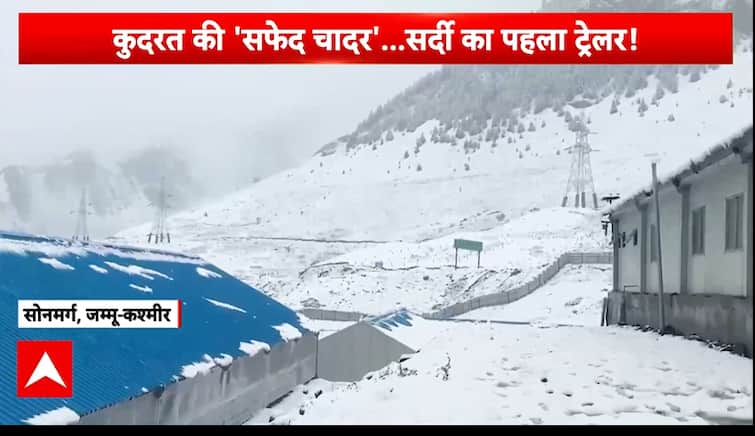Oil prices continued to edge higher on Tuesday, supported by a smaller-than-expected production increase from the Organisation of the Petroleum Exporting Countries and its allies (OPEC+).
The decision eased market concerns over a potential supply glut in the coming months, reported Reuters.
Brent crude futures rose by 23 cents, or 0.35 per cent, to $65.70 a barrel, while US West Texas Intermediate (WTI) crude gained 21 cents, or 0.34 per cent, to trade at $61.90, near 9:30 AM. Both benchmarks gained over 1 per cent in the previous session after OPEC+ announced a collective production rise of 137,000 barrels per day (bpd) starting November.
Market Reacts to OPEC+ Caution
The modest output increase came as a surprise to traders who had anticipated a more aggressive hike. Analysts said the restrained move signalled that OPEC+ remains cautious about flooding the market, especially with forecasts of a supply surplus in the fourth quarter and into next year.
“Brent had fallen by around $5 per barrel last week in response to earlier expectations of a larger supply boost, so this mild rebound seems reasonable,” said Anh Pham, Senior Analyst at LSEG. “For now, the market still appears capable of accommodating the extra volume, and we have yet to see a shift into contango at the front of the curve,” he added.
According to ING analysts, the decision underlines OPEC+’s strategy to strike a balance between supporting prices and maintaining market stability. The group has raised its output targets by more than 2.7 million bpd this year, roughly 2.5 per cent of global demand.
Geopolitical Uncertainty Adds to Price Support
Geopolitical tensions have also contributed to keeping oil prices supported. The ongoing conflict between Russia and Ukraine has created uncertainty over Russian crude supplies. In a further blow, Russia’s Kirishi oil refinery halted its key distillation unit (CDU-6) after a drone strike on 4 October caused a fire. Industry sources said recovery may take around a month.
Despite these developments, analysts remain cautious. While supply constraints have lent some stability, rising output from both OPEC+ and non-OPEC producers continues to pressure prices. A potential slowdown in global demand, partly triggered by weak economic growth and ongoing US trade tariffs, could further add to the surplus outlook.
With supply discipline and geopolitical risks both shaping the market narrative, traders are now watching demand recovery trends closely. As OPEC+ signals a careful return of output and global growth forecasts remain mixed, oil prices could stay range-bound in the near term, with volatility likely to persist amid shifting economic and political developments.



